Click on images to enlarge
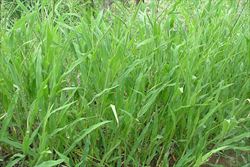
infestation (Photo: Sheldon Navie)
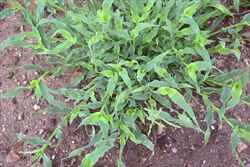
habit (Photo: Sheldon Navie)

upright habit (Photo: Sheldon Navie)
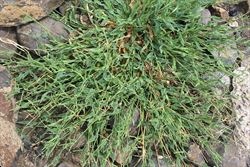
spreading habit (Photo: Sheldon Navie)

close-up of young leaves (Photo: Sheldon Navie)
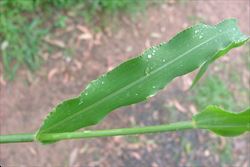
close-up of leaf blade (Photo: Sheldon Navie)
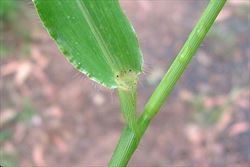
close-up of stem, base of leaf blade and ligule (Photo: Sheldon Navie)
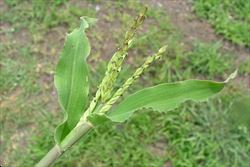
young seed-head (Photo: Sheldon Navie)
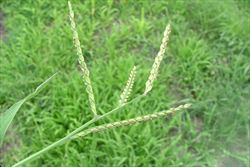
seed-head (Photo: Sheldon Navie)
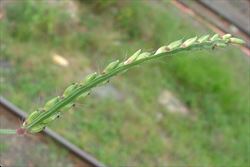
close-up of seed-head branch with immature seeds (Photo: Sheldon Navie)
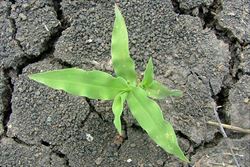
seedling (Photo: Sheldon Navie)

young plant (Photo: Sheldon Navie)
Scientific Name
Urochloa panicoides P. Beauv.
Synonyms
Urochloa panicoides P. Beauv. var. panicoidesUrochloa panicoides P. Beauv. var. pubescens (Kunth) Bor.
Family
Gramineae (South Australia)Poaceae (Queensland, New South Wales, the ACT, Victoria, Tasmania, Western Australia and the Northern Territory)
Common Names
annual liverseed grass, annual signalgrass, annual urochloa grass, garden grass, garden signal grass, garden urochloa, herringbone grass, kuri millet, liverseed grass, liverseedgrass, panic liverseed grass, poke, urochloa, urochloa grass
Origin
Native to eastern and southern Africa (i.e. Eritrea, Ethiopia, Somalia, Sudan, Kenya, Tanzania, Uganda, Malawi, Mozambique, Zambia, Zimbabwe, Botswana, Namibia and South Africa), the Arabian Peninsula (i.e. Yemen) and the Indian Sub-continent (i.e. India and Pakistan).
Naturalised Distribution
Widely naturalised in southern and eastern Australia (i.e. in Queensland, New South Wales, the ACT, south-eastern and southern South Australia and southern and western Western Australia). Also sparingly naturalised in north-western Victoria.
Also naturalised overseas, including in southern USA (i.e. Arizona, New Mexico and Texas).
Notes
Liverseed grass (Urochloa panicoides) is mainly a weed of summer crops and disturbed sites in Australia. However, it also invades native vegetation and is sometimes regarded as an environmental weed in Queensland.

